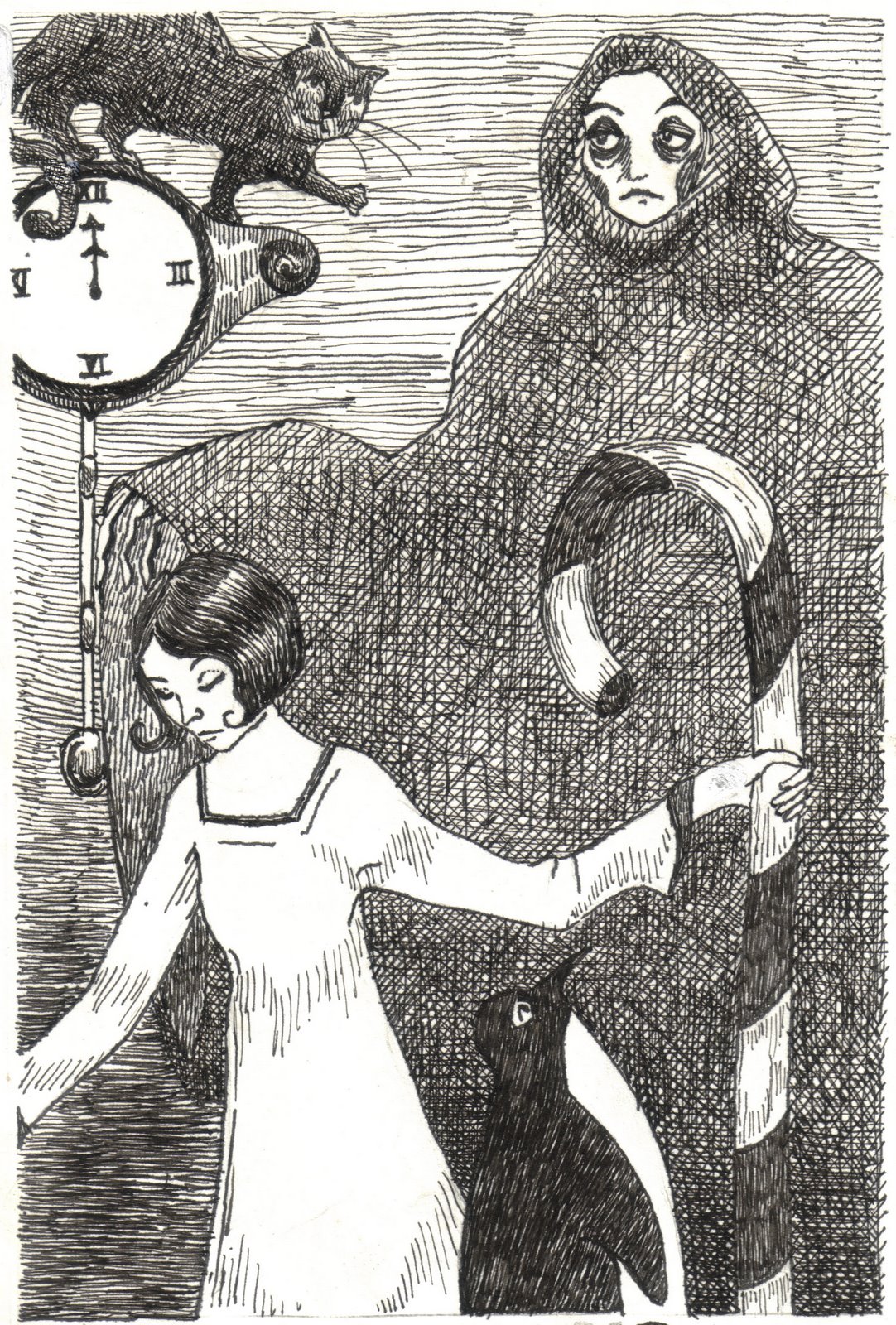 Don't we all sometimes feel like we have a flapper inside trying to get out? Even me, who is so broody and anti-social. That said, one sometimes forgets, that as radical as the changes for women were at the start of the last century, there were many changes for men, too. After the aestheticism of Oscar Wilde and after the stuffiness and formality of the Victorians were thrown over, men as well as women were done with being buttoned up and middle aged and embraced youth.
Don't we all sometimes feel like we have a flapper inside trying to get out? Even me, who is so broody and anti-social. That said, one sometimes forgets, that as radical as the changes for women were at the start of the last century, there were many changes for men, too. After the aestheticism of Oscar Wilde and after the stuffiness and formality of the Victorians were thrown over, men as well as women were done with being buttoned up and middle aged and embraced youth.J.C. Leyendecker was likely the most successful commercial illustrator in the first decades of the 20th century (before that honor belonged to Norman Rockwell). Famous for his illustrations of the 'Arrow Collar Man' and for his Saturday Evening Post covers (He painted something like 300 covers for them). His most famous image today is from a 1922 Life Magazine (not that Life, the other one) cover, called The Flapper. But, flappers aside, Leyendecker likely more responsible for how we picture men in the early 20th century than anybody else. He used as his model his "live-in companion", Charles Beach, with whom he resided for many decades. Leyendecker never officially came out, so this is all really speculation but, I mean, really. It's just unfortunate he lived in a time when such subterfuge was deemed necessary.
Sadly, the decline of the collar industry hurt his career and his close identification with the decadence of the 20s didn't help either, after the crash in '29. He spent the remaining decades of his life in his estate in New Rochelle, living in near seclusion with Beach.
Some examples of his lovely and elegant work are below:



















4 comments:
Hunh---I woulda thought that picture a little, er, pulchritudinous to be an archetypal flapper. But I suppose Life has always been a bit derriere-garde.
Huh?
i think he means Flapper as in flapping wings, too. And she's plenty pretty, but I'm not sure what that has to do with much. Also - you know it's not the same Life magazine? This one was much hipper and more humor and arts based - Luce bought the title in 36 and turned it into something completely different: the first completely photo illustrated mag, which is hardly old fashioned.
I was thinking, like, 1920s Flapper, with the narrow hips and the narrow hem and stuff. But no, I had no idea Life has a previous life!
What is now thought of as a "flapper" figure was mostly way later than 22. Then, like now - boys liked girls with curves whatever fashion's dictates. Just look at all of Alfred Cheney Johnston's photos from the 20s. They look far more like Leyendecker's picture than otherwise.
The word flapper is a little strange - in the first couple of decades of the 20th century it just meant a teen who had not yet put her hair up, i.e. she would have a long pony tail or braid that would flap up and down. Fitzgerald gave it its popular 20s meaning, i.e. a young girl in her teens or 20s who went to dances and cut her hair and otherwise embodied modern conventions. Body type was much less a concern- aside from the obvious one of being freed from the tyranny of the corset.
Post a Comment